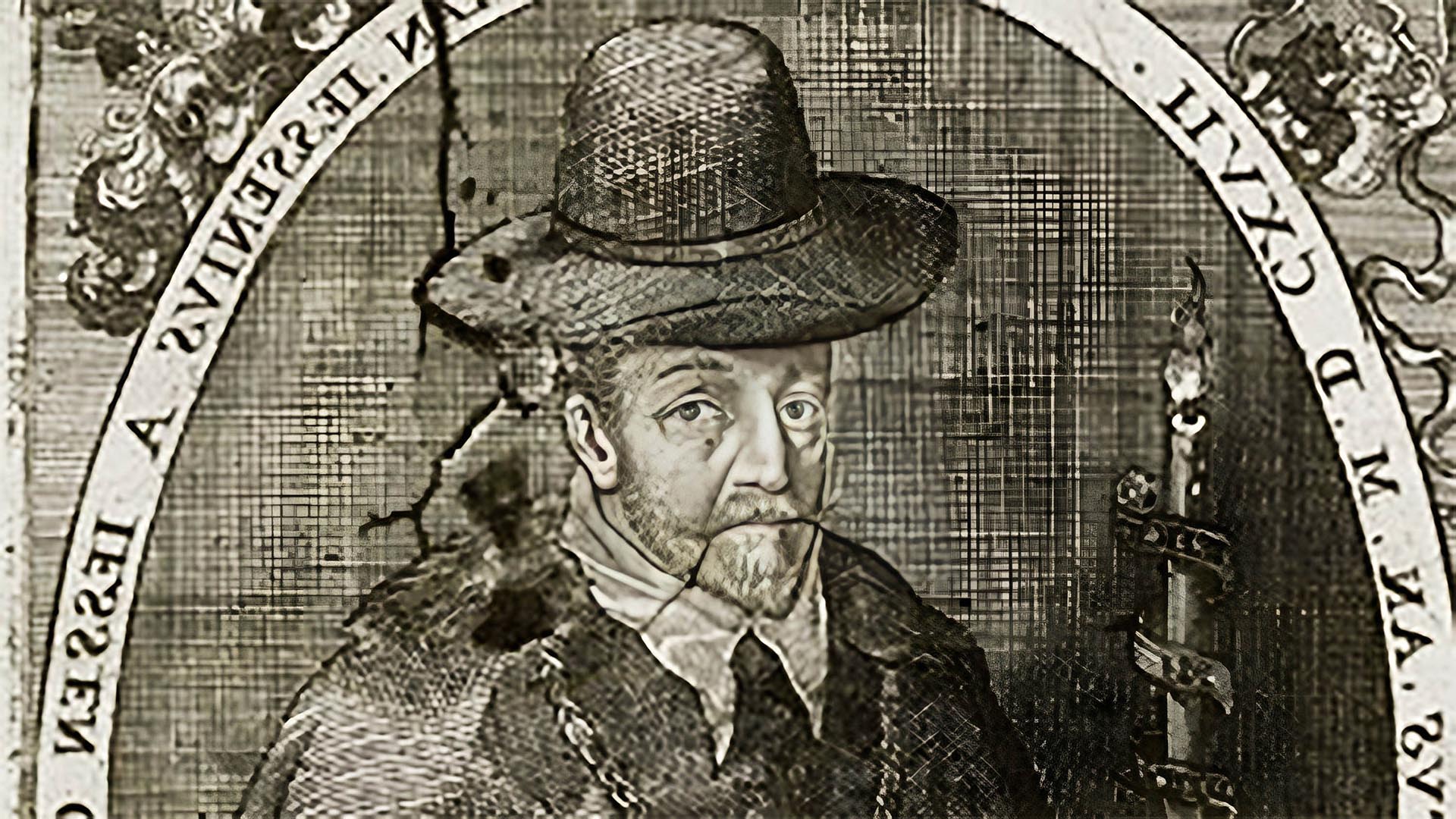Written by Helena Svarcova

Jan Jessenius
Jan Jessenius was born on December 27 1566 in Vratislav (today’s Poland) and died on June 21 1621 in Prague. He was a Slovakian physician, politician, and philosopher. He played a significant political and scientific role in Czech history.
He came from the Hungarian yeoman dynasty after his father Baltazar Jesensky. His origin is from Turec (at that time Velke Jaseno) in the area of today’s Slovakia. As mentioned earlier Jan was born in Vratislav, where the evangelical dynasty was located as early as 1541. His mother, Marta Schüller also came from Vratislav. He attended Elizabeth’s grammar school in Vratislav, then he continued his studies of philosophy and medicine in an academy in Wittenberg, Leipzig, and also in the famous medical faculty in Padova. In 1591 he received his doctor’s degree from medicine and philosophy. As he was a non-catholic he did not receive his degrees straight from the Padova faculty. But he was declared a doctor of philosophy and medicine in Prague by Jacob Chimarra.
After his studies, he worked as a physician in Vratislav for a brief moment, but soon he became a personal physician of Saxon elector in Dresden. In 1594 he obtained a professorship of surgery and anatomy at the university in Wittenberg. In 1597 he became a dean of medical faculty and in the end even a rector of the university. During his time there he significantly lifted the level of Wittenberg University. He wrote here a couple of his first writings and under his management, many valuable dissertations were created. Jan Jessenius was a very ambitious man as he was interested not only in philosophy and medicine, but he took an interest even in public life and literature.
From 8th to 12th of June 1600 he visited Prague, where he executed the first public autopsy in Czech land. Later the autopsy lecture was published and printed by him. The autopsy was accepted enthusiastically by the experts, on the other hand, it was denounced by the amateurs.
He moved to Prague in 160, where he remained at Loudova kolej and at the same time he made efforts to become one of the emperor’s personal physicians. In years 1604 and 1605 he would carry out other autopsies for students as a part of education. In 1608 he would provide services for the emperor’s brother, the Hungarian king Matthias Habsburg. From 1609 to 1611 Jan lived in Vienna.
After the battle on White mountain and a suppression of the estates uprising, Jessenius was accused of the majesty insult as one of the leading men of the rebellion. He was arrested on the first of December 1620 by Charles the first from Lichtenstein. During the well-known execution of 27 Czech men, Jan Jessenius was executed by executioner Jan Mydlar on Old Town Square June 21st 1621. Firstly, they cut out his tongue and then he was beheaded. His body was brought to Mountain gate, where it was quartered. His head was then put on display on Old Town Tower as a warning for the next ten years. After that time has passed it was removed, but the place where it was buried remains unknown. The other pieces of Jessenius’ body were never found.